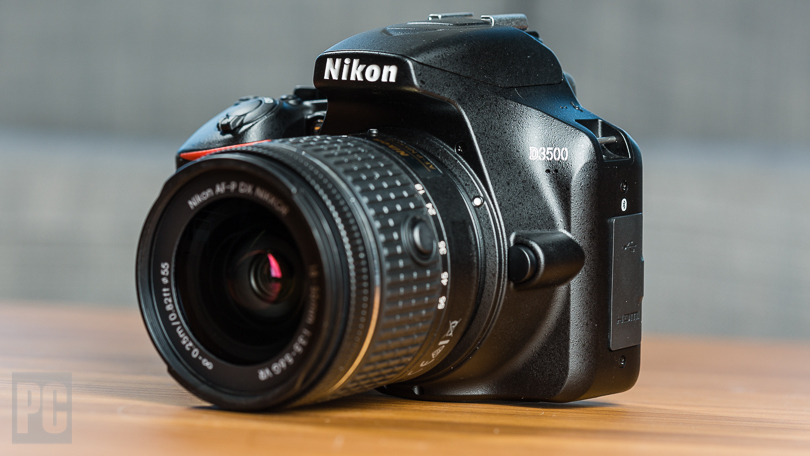After graduating from Northwestern Polytechnic University, Peter Hsieh began to pursue his passion for photography. Since then, he has become an expert in digital image processing. First, however, he believes that all aspiring photographers should understand basic photography terms and concepts.
Lens
Photography is all about capturing light, so it only makes sense that the lens has to gather this illumination to produce an image. You can think of your camera lens like your eyes – it is what “sees” the scene and communicates it to the camera’s image sensor. The lens can be built into the camera body or added by using interchangeable lenses. The quality of the images your take is largely dependent on the lens you’re using.
Different lenses are used for different purposes – wide angle (24mm) lenses provide a bigger field of view, while telephoto lenses (300mm) allow you to take photos of distant objects. Zoom lenses provide the range in between. A prime lens is a non-zoom lens and therefore offers greater optical quality than most zoom lenses.
Compression
Compression refers to how much space is taken up by your photographs when stored on your computer. If you take a photo with a camera that uses JPEG compression, each image will be reduced in file size and stored more efficiently. A file that has been compressed is said to have “lossy data” – it can’t be restored once it has been lost.
RAW vs. JPG
For most purposes, you should be shooting in RAW on your camera, not JPEG. A RAW file is uncompressed and provides more information for the photographer to work with. The extra data allows for better manipulation of an image, such as correcting exposure issues or removing dust spots on your sensor. When you shoot in JPEG, this information is already processed by the camera’s internal software, meaning that you can’t alter the image as much.
ISO
The sensitivity of the camera’s sensor is measured by its ISO value. High ISO values indicate more sensitive sensors and result in faster shutter speeds and reduced noise (or grain) in your images. An ISO setting of 100 results in less sensitivity than an ISO 200 or 400 setting. Images shot at high ISO values may appear grainier, but this can be largely mitigated by digital image processing.
Aperture
Aperture is simply an adjustable hole in the front of your lens which allows light to pass through. Aperture also controls the amount of light that reaches your camera’s imaging sensor. The aperture setting on most cameras ranges from somewhere around f/2.8 up to f/22, depending upon the lens and brand of camera you’re using. Generally speaking, a lower number represents a wider aperture and therefore lets in more light. For example, the images below show the same shot taken at f/1.4, f/2.0, f/2.8, f/5.6, and f/16, respectively, from left to right:
Shutter Speed
The shutter is a mechanism that controls how long the camera’s sensor is exposed to light. Shutter speeds are measured in fractions of a second, but they can also be specified using what is known as an “exposure value” (or “EV”). Exposure values take the place of fractions when your aperture and ISO settings are fixed – for example, if you’re setting your aperture at f/8, ISO at 100, and using a shutter speed of 1/125th of a second, and you would set your exposure to “1.0”.
Do you have any questions about this article? Click here to contact us today.


 Current Trends in Civil Engineering – Reddy Kancharla
Current Trends in Civil Engineering – Reddy Kancharla

